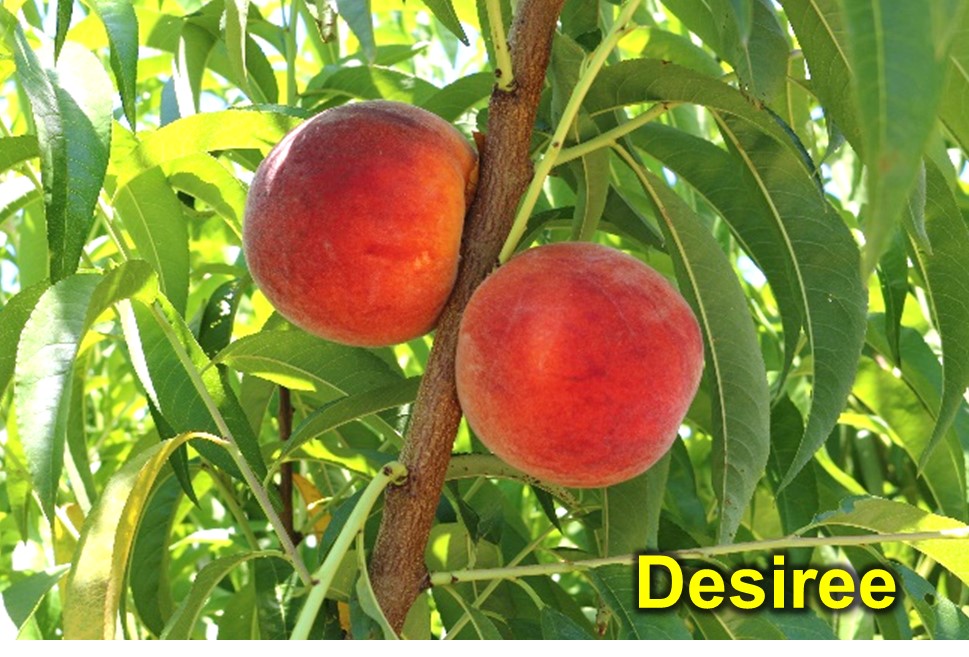Our research on how cranberries respond to phytoplasma infection—and its effects on above- and belowground herbivores—was recently featured on the Theobald Smith Society’s website in the article When Plants Get Sick, Pests Thrive: The Unseen Battle in Cranberry Bogs
Phytoplasma infection, which causes false blossom disease in cranberries, is transmitted by the blunt-nosed leafhopper (Limotettix vaccinii). Our findings show that infection increases cranberry susceptibility to herbivores both above and below ground by increasing plant nutrient levels and suppressing plant defenses. This work highlights the complex—and often harmful—interactions among plants, pathogens, and insect herbivores in agricultural ecosystems.


